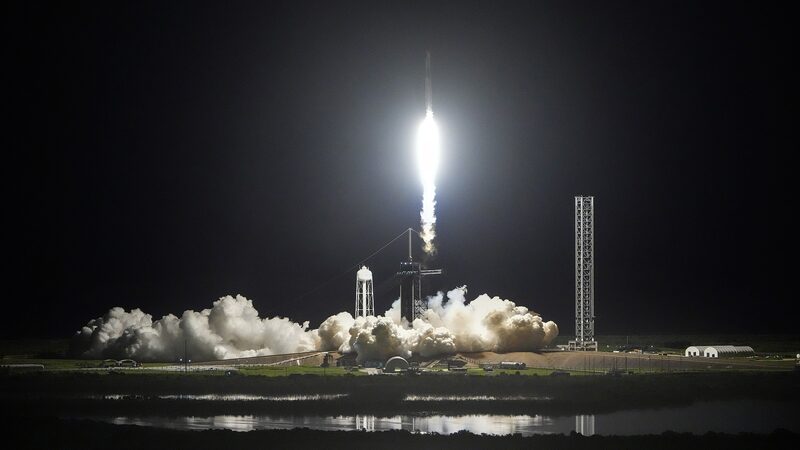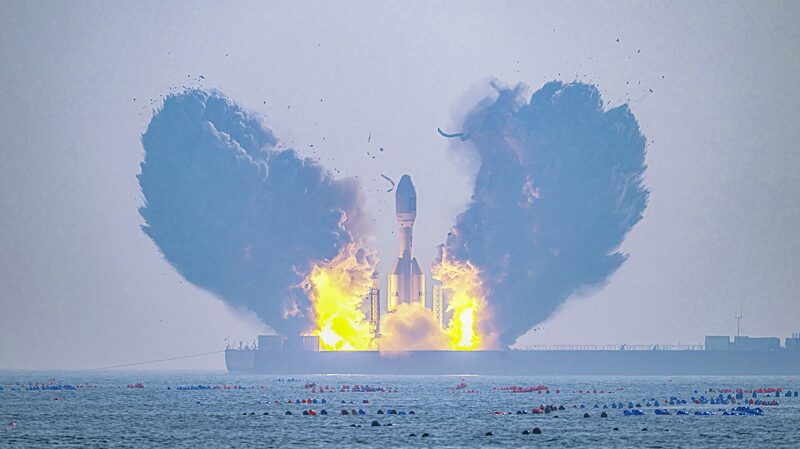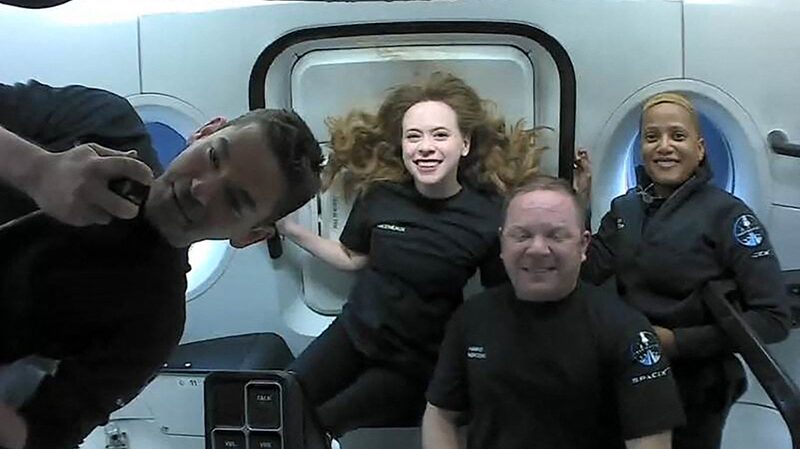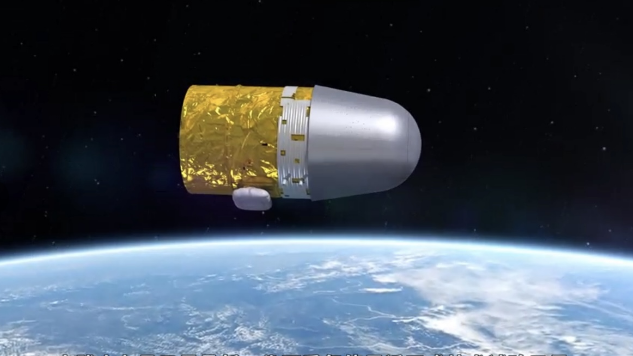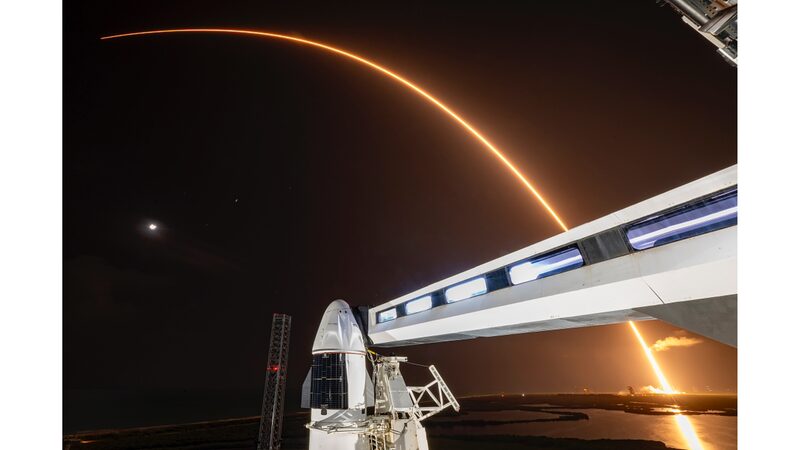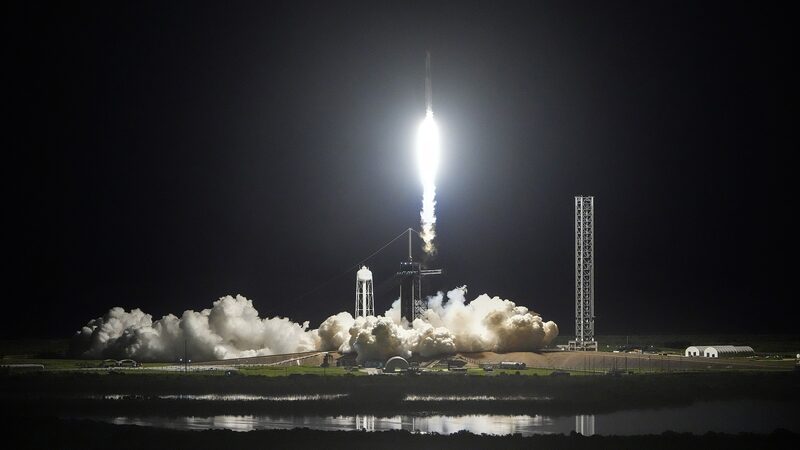SpaceX’s Polaris Dawn Mission Set for Historic First Private Spacewalk
A group of private astronauts is poised to make history as they prepare to conduct the first private spacewalk from orbit, marking a significant milestone in commercial space exploration. The crew aboard SpaceX’s Crew Dragon capsule has been orbiting Earth since their pre-dawn launch from Florida on Tuesday, embarking on the ambitious Polaris Dawn mission.
The mission crew consists of billionaire entrepreneur Jared Isaacman, retired U.S. Air Force Lieutenant Colonel Scott Poteet, and SpaceX senior engineers Sarah Gillis and Anna Menon. This quartet represents a blend of entrepreneurial spirit, military precision, and engineering expertise, all united in their quest to push the boundaries of human spaceflight.
The spacewalk is scheduled to begin at 2:23 a.m. ET (0623 GMT) on Thursday, with the Crew Dragon capsule reaching an altitude of 700 kilometers above Earth. During this time, Isaacman and Gillis will don SpaceX-developed spacesuits and exit the spacecraft, tethered by oxygen lines, to venture into the vacuum of space. Poteet and Menon will remain inside the cabin, monitoring systems and supporting their crewmates.
This mission echoes the pioneering spirit of early space explorers. The procedure involves completely depressurizing the capsule, requiring the entire crew to rely solely on their spacesuits for life support—a bold maneuver reminiscent of NASA’s Gemini missions in the 1960s.
Historically, spacewalks have been the domain of government astronauts with years of intensive training. To date, there have been approximately 270 spacewalks conducted on the International Space Station (ISS) since 2000, and 16 by Chinese astronauts on China’s space station. The Polaris Dawn mission signifies a new era where private citizens contribute directly to space exploration and scientific research.
The crew will serve as key subjects for scientific studies aimed at understanding the effects of deep space on the human body, adding valuable data to decades of astronaut health research facilitated by government space agencies.
Jared Isaacman, the mission commander and founder of electronic payment company Shift4, is no stranger to groundbreaking space endeavors. He previously financed and commanded the Inspiration4 mission in 2021, the first all-civilian orbital spaceflight. While the exact cost of the Polaris Dawn mission remains undisclosed, it is estimated to be hundreds of millions of dollars, reflecting Crew Dragon’s per-seat pricing for other flights.
SpaceX’s Crew Dragon has become a workhorse for orbital missions since 2021, successfully ferrying over a dozen astronaut crews, primarily for NASA. The agency’s investment in commercial spacecraft development has paved the way for private missions like Polaris Dawn, fostering a new chapter in human spaceflight.
In contrast, Boeing’s Starliner capsule, developed under the same NASA program, faces challenges. Despite launching its first astronauts to the ISS in June during a troubled test mission, the capsule returned empty, leaving its crew on the space station. A Crew Dragon capsule is expected to retrieve them next year, highlighting Crew Dragon’s reliability and pivotal role in current space operations.
The Polaris Dawn mission not only symbolizes human ingenuity and the spirit of exploration but also sets the stage for future private endeavors beyond Earth’s atmosphere. As the boundaries between government-led and private space missions continue to blur, the possibilities for scientific discovery and commercial ventures in space appear limitless.
Reference(s):
SpaceX-Polaris crew poised to attempt first private spacewalk
cgtn.com
